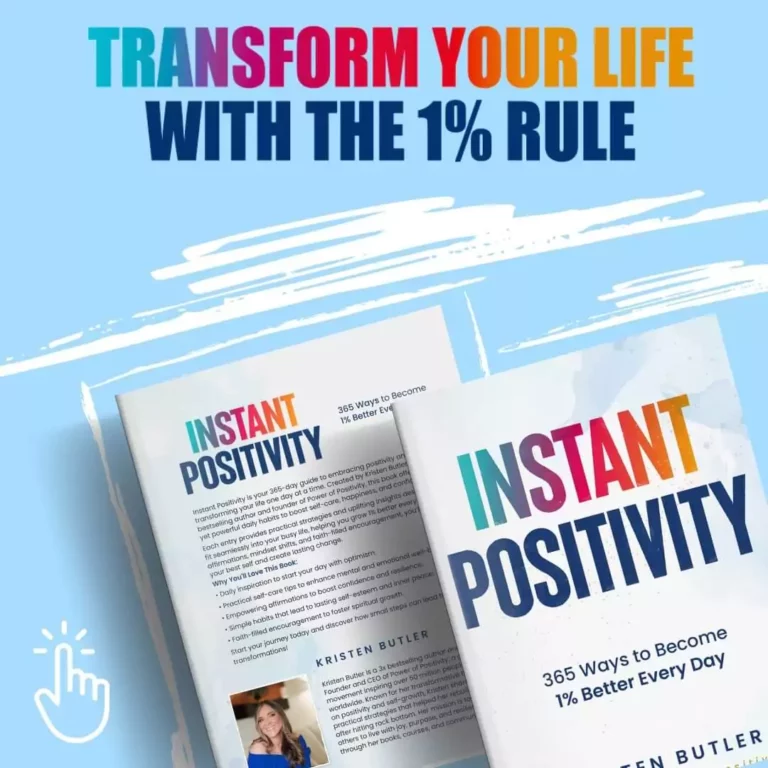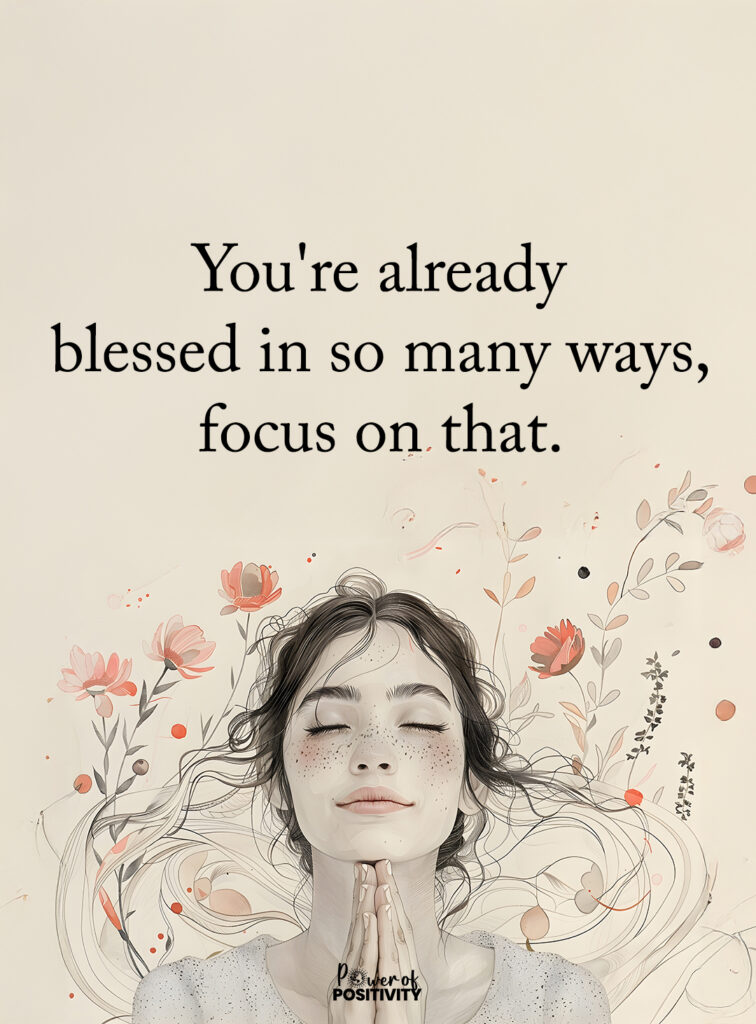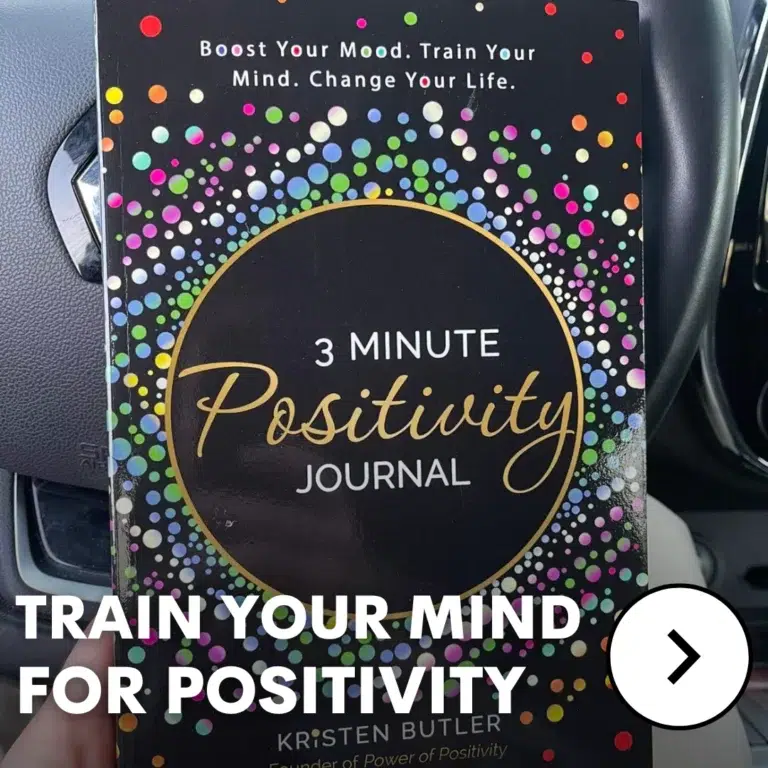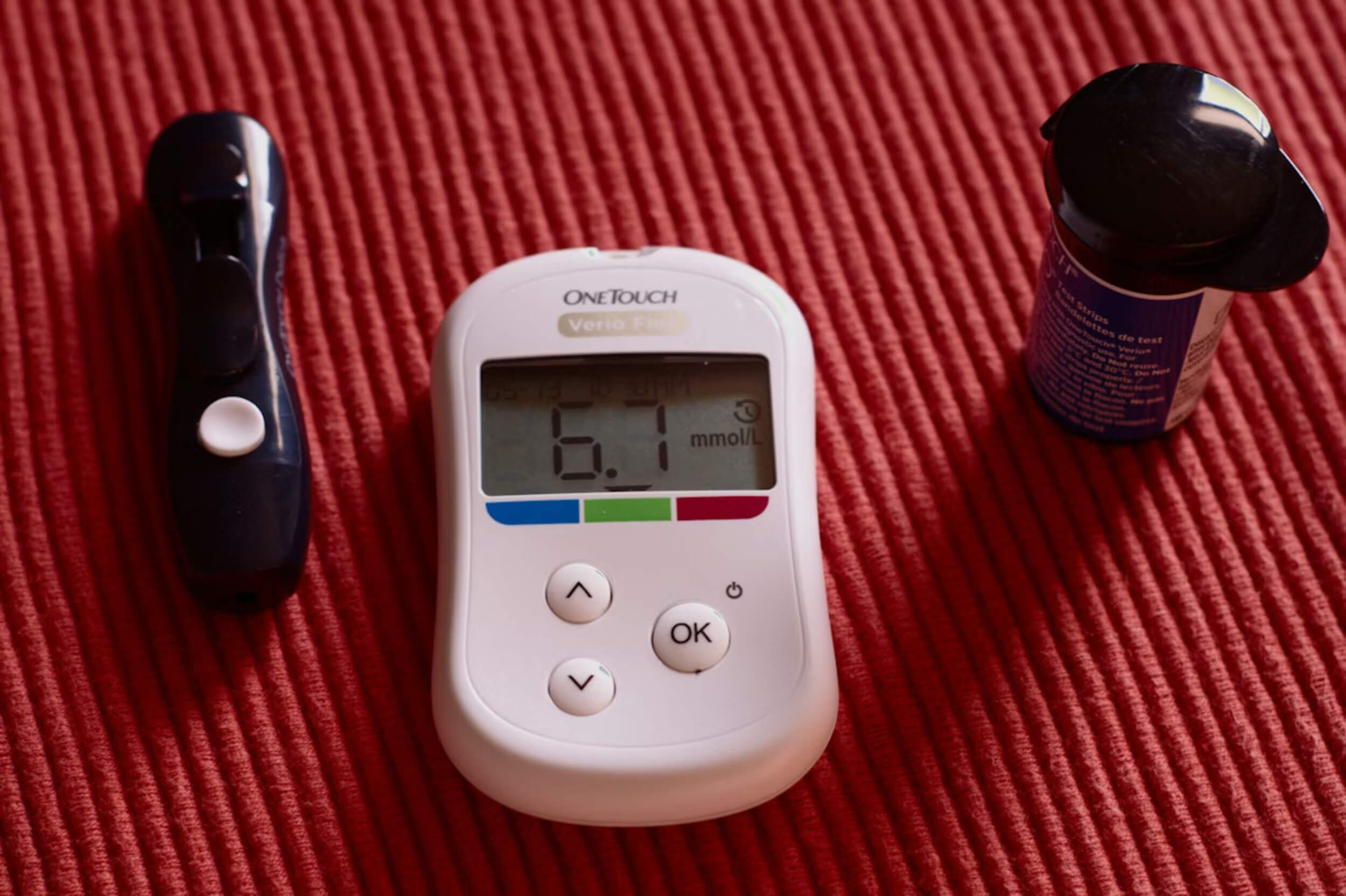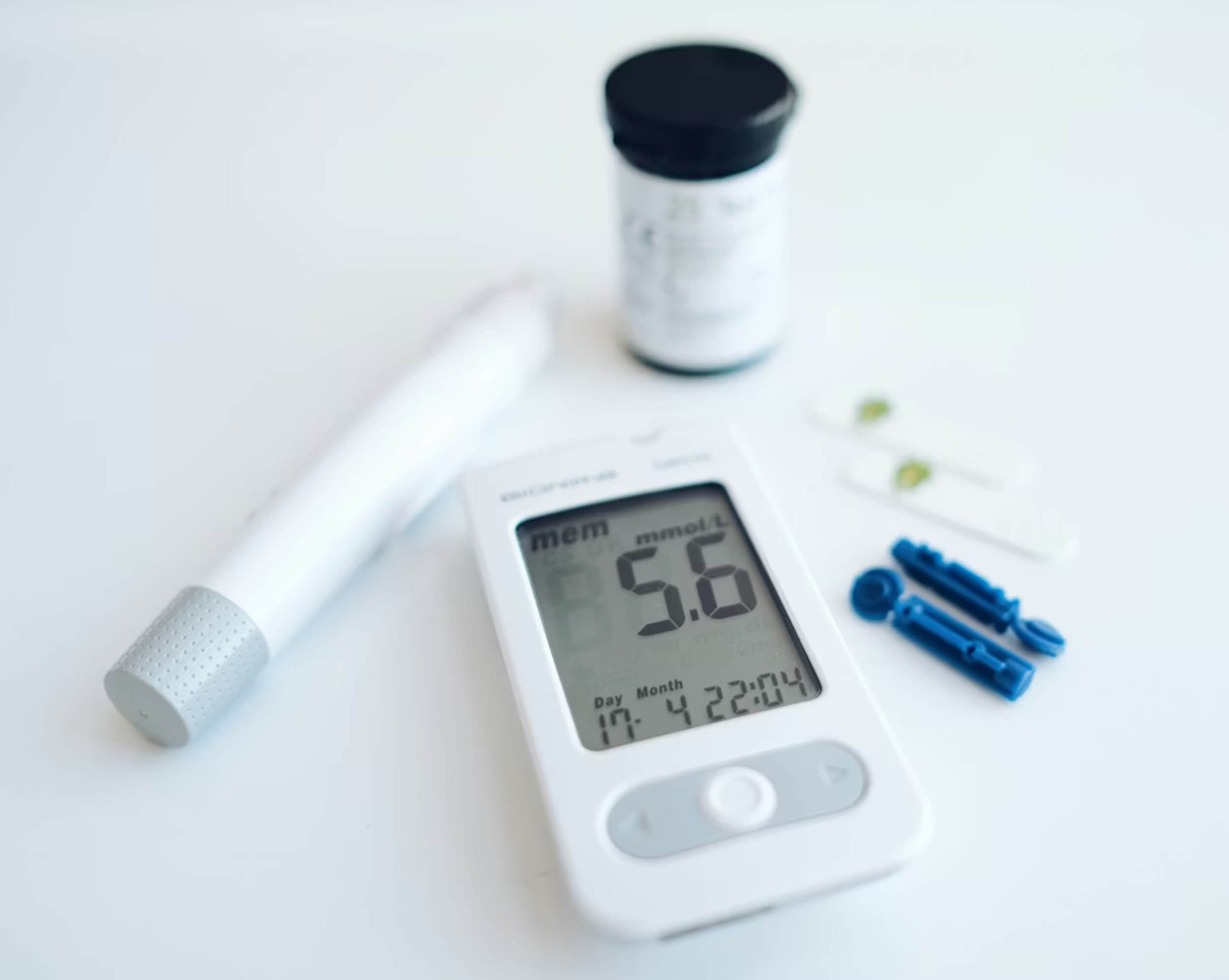Holding things in can feel easier than dealing with them—especially when emotions feel too big, too messy, or too risky to share. Many people bottle up emotions without realizing it, simply because that’s what they’ve always done to cope or keep things moving.
The habit often starts early, shaped by what you were told—or weren’t told—about expressing feelings. Maybe you learned to stay quiet during hard moments or were taught that showing emotion made you weak. Over time, this silence becomes second nature.
Even when you’re calm on the outside, those emotions don’t disappear. They can build up, changing how you think, how your body feels, and how you connect with others. The good news is, this pattern can shift—and it starts with paying attention in new, gentle ways.
Why People Bottle Up Emotions in the First Place
It usually doesn’t start as a choice. You learn early how safe—or unsafe—it feels to show emotion. The way your family, teachers, or community reacted to your feelings often sets the tone for how you handle emotions today.
Childhood Messaging and Emotional Rules
Some of the first lessons about feelings come from how adults respond to them:
- Being told “stop crying” or “you’re fine” shuts down real emotion
- Getting punished or ignored for being upset sends the message that feelings are bad
- Learning to keep it together becomes more important than feeling understood
Fear of Judgment or Rejection
Worrying about how others see you plays a big role:
- You might hold back because you’re scared of being labeled “dramatic” or “too emotional”
- Sharing emotions can feel risky when you’re unsure how people will respond
Coping Mechanism in Stressful Situations
Sometimes, hiding feelings feels safer than facing them:
- During trauma or chaos, shutting down emotionally might be the only way to get through
- When you’re focused on surviving or staying strong, feelings get pushed aside
Over time, these patterns make it easy to bottle up emotions—even if it’s quietly hurting you.
What Bottled Emotions Might Look Like in Everyday Life
Not everyone who bottles up emotions walks around looking stressed or sad. It can show up in quiet, subtle ways that are easy to miss—especially if this has been your norm for years.
Emotional Signs
You might notice these things in your mood or reactions:
- Feeling empty or like nothing really moves you
- Struggling to put your feelings into words
- Snapping over small things when you didn’t expect to
Behavioral Signs
Your actions might tell the story before your words do:
- Avoiding honest conversations to keep peace or avoid discomfort
- Shrinking your needs so you don’t make things harder for others
- Filling time with distractions to avoid thinking too deeply
Bottled emotions don’t always scream for attention—but they show up, especially when life feels heavier than it should.
The Emotional Toll of Holding Everything In
Stuffing your feelings down might keep the peace in the short term—but those emotions don’t just disappear. They stay tucked away, building pressure, and they often come out in ways you don’t expect.
The Build-Up and Blow-Up Pattern
Even if you keep things quiet most of the time:
- Emotions may build and eventually come out all at once
- You might lash out or shut down over something small, because the real issue has been buried too long
Strain on Relationships
Bottled emotions can make it harder to connect with people:
- It becomes tough to explain what you really need
- Feeling unheard or misunderstood can lead to resentment
- Letting things go too often can lead to emotional distance
When you bottle up emotions, it not only affects you—it affects how you relate to the people closest to you.
The Physical Impact of Suppressed Emotions
Your body often speaks when your feelings are silent. Suppressed emotions can take a toll, not just on your mind, but on your physical health, too.
Stress and Chronic Symptoms
Emotions that stay stuck inside can create real physical stress:
- Tight muscles, headaches, or digestive issues can become common
- Constant low-level stress can weaken your immune system over time
Long-Term Health Risks
If this goes on for years:
- You may face higher chances of developing anxiety or depression
- Sleep, energy, and focus can suffer, making life feel harder than it needs to
Bottling up emotions may feel like protection, but it often ends up draining both your mind and body. Letting them out—little by little—can start to change everything.
Signs You’re Bottling Up Your Emotions
Some signs are loud. Others are quiet and easy to miss. If you’ve learned to bottle up emotions, they can slip into your life in ways that don’t always look like sadness or anger.
Mental and Emotional Clues
You might notice patterns like:
- Saying, “I don’t know how I feel” more often than not
- Feeling numb or disconnected from your emotions
- Restlessness, tension, or anxiety that seems to come out of nowhere
Social and Internal Habits
You may also catch yourself doing these:
- Defaulting to “I’m fine” even when you’re not
- Avoiding difficult conversations to keep the peace
- Putting others first to avoid causing waves or conflict
Recognizing how you bottle up emotions is the first real step toward releasing them.
How to Start Letting Your Emotions Out—Gently
Letting emotions out doesn’t have to mean crying in front of a crowd or telling your whole life story. Small, honest steps make a big difference. If you’ve spent years keeping it in, it makes sense that this will take time.
Get Comfortable with Naming Emotions
Start with the basics:
- Use words like angry, tired, sad, nervous, or frustrated—don’t overthink it
- Try journaling one sentence a day, recording a short voice note, or drawing a mood with colors
Practice Feeling Without Fixing
You don’t always need a solution right away:
- Let the feeling exist without pushing it down or brushing it off
- Use slow breathing or touch something grounding (like a soft blanket or a cold glass of water) to stay present
Talk to Someone Safe
You don’t have to share everything all at once:
- Choose someone who listens without fixing or judging
- Say something simple like, “This is hard for me to say, but I want to try”
Little by little, you create space for what’s been trapped inside. The more you practice, the less you’ll feel the need to bottle up emotions.
Tools That Help You Express Emotions in Healthy Ways
Finding what works for you matters. Not everyone connects to the same things, so it helps to try a few options and stick with what feels right.
Expressive Outlets
These help get your emotions out without needing to explain them:
- Write in a journal, make art, play music, or even just move your body to a song
- Talk out loud when you’re alone—sometimes just hearing the words helps
Body-Based Techniques
Feelings can get stuck in your muscles or nervous system:
- Stretch slowly, go for a walk, or dance in your room
- Try gentle shaking or body scans to loosen emotional tension
Using “I Feel” Language
This helps express yourself clearly without blame:
- “I feel hurt when I’m not included”
- Stick to how it affects you, not what others did wrong
Using these tools regularly makes it easier to release stress and express yourself—before the urge to bottle up emotions returns.
When It’s Time to Seek Professional Help
There’s no shame in needing extra support. Sometimes the pain you’re holding in runs deeper than what simple tools can reach. That’s when working with a therapist can help you break the cycle.
What Therapy Can Offer
Here’s what you might gain from professional help:
- A safe space where nothing you say is “too much”
- Support in understanding why you bottle up emotions and how to stop
- Tools for healing past hurts, reducing anxiety, and feeling more connected to yourself
Healing doesn’t mean getting over your feelings—it means learning how to face them with care.
Final Thoughts on Why You Bottle Up Emotions—and How to Release Them
Keeping your emotions in doesn’t mean you’re weak—it means you’ve been doing your best with what you know. But over time, that silence can turn into stress, distance, and even pain. You don’t need to be emotional all the time or have everything figured out. You just need to start paying attention, even in small ways.
Letting go of the need to bottle up emotions is something you can practice. Like any skill, it gets easier the more you try. Every time you name a feeling or share a thought, you’re building trust with yourself again.




